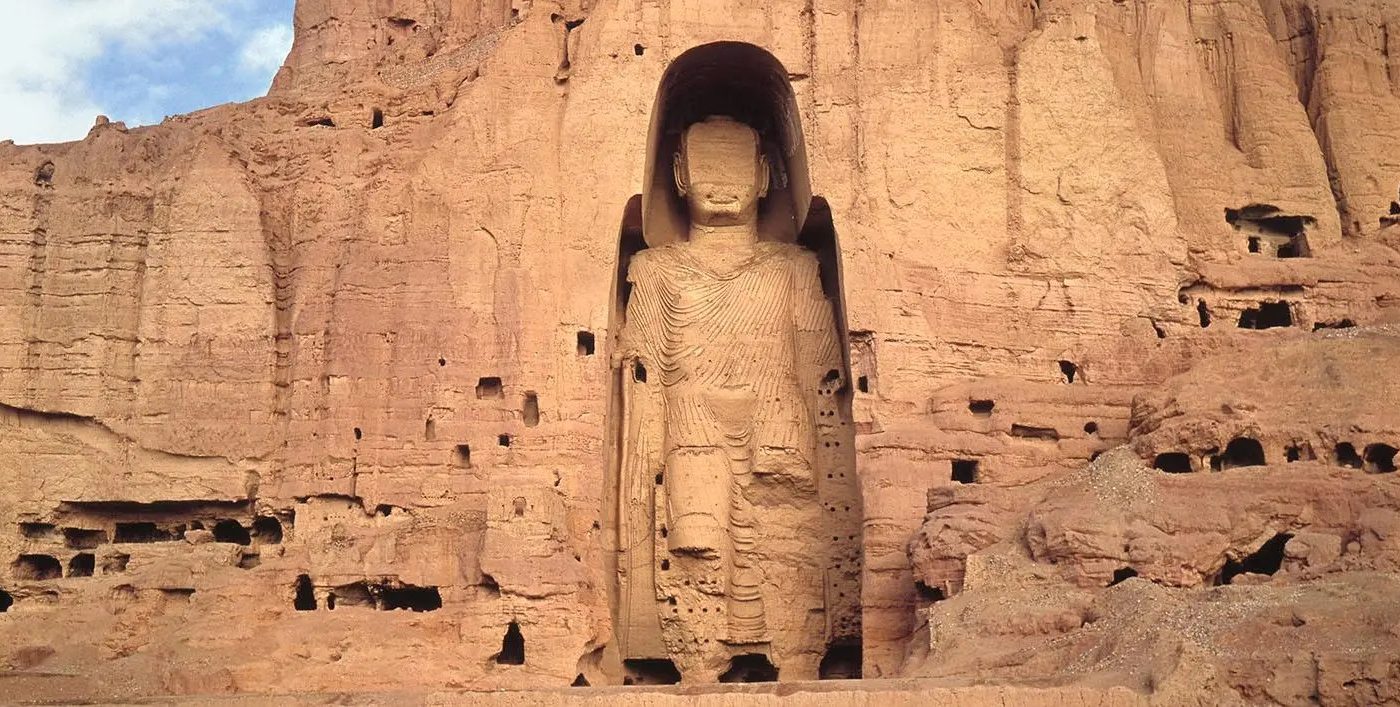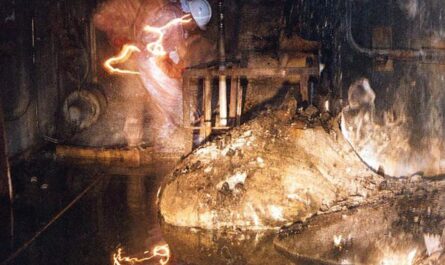In the heart of Afghanistan, within the Bamiyan Valley, two monumental Buddha statues once rose majestically from the cliffs. For centuries, they fascinated travelers, merchants, and pilgrims along the ancient Silk Road. These statues were not only masterpieces of architecture but also powerful symbols of the region’s cultural richness.
History and Creation
The Buddhas were carved in the 5th–6th centuries, when Bamiyan stood as a thriving Buddhist center on the Silk Road – the vital trade route linking East and West. At that time, monks, scholars, and merchants gathered in the valley, making it a crossroads of cultures and spirituality.
The larger statue measured 55 meters in height, while the smaller stood at 38 meters. Originally, both figures were vividly painted, decorated with gold and precious stones. This means that the Buddhas of Bamiyan were once far more dazzling than the weathered stone images captured in old photographs.
Meaning and Symbolism
The statues embodied peace, enlightenment, and harmony. They acted as guiding markers for countless pilgrims journeying through Afghanistan’s rugged mountains. Some historians argue that beyond their religious role, the Buddhas also represented political authority and the strength of the region.
Tragic Destruction
In 2001, the world was shocked when the Taliban demolished the Bamiyan Buddhas with explosives, declaring them to be “idols.” The destruction triggered outrage across the globe, as humanity lost one of its most remarkable cultural treasures. Today, only empty niches and scattered stone fragments remain, standing as silent reminders of the vanished wonder.
Mysticism and Legends
For centuries, the Bamiyan Buddhas were surrounded by myths. Locals spoke of secret caves and tunnels beneath the statues, once used by Buddhist monks. Others believed the Buddhas carried “codes of light” that offered spiritual energy to pilgrims.
Alternative historians and researchers have suggested that the colossal figures reflected ancient, advanced knowledge of stonework and energy systems – wisdom still not fully understood today.
Bamiyan Today
Although the Buddhas themselves are gone, the Bamiyan Valley is recognized as a UNESCO World Heritage Site. Debates continue about whether the statues should be reconstructed. Many argue, however, that the empty niches now serve as an even stronger symbol – a lasting reminder of the fragility of human culture and the need to preserve what remains.



